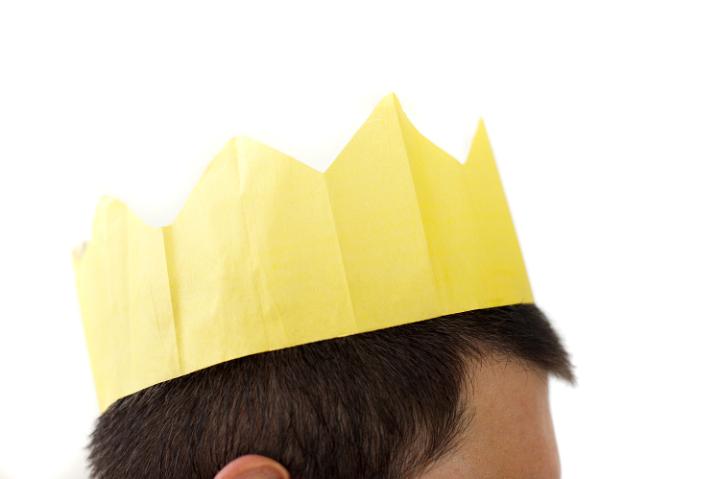Will Wearing Hats Make You Go Bald?

Humans have a long love affair with hats. From bowlers to beanies, hat styles might come and go, but headgear has been with us for thousands of years. But is there a hidden danger in hats? Rumor has it that wearing hats could cause hair loss. Could hats really make you go bald?
The short answer: probably not, says Aman Samrao, a dermatologist at the Harbor-UCLA Medical Center. Samrao studies traction alopecia, one of the mechanisms suggested for how hats might make people lose their hair. Traction alopecia happens when you put a lot of stress on the hair follicle, and the hairline recedes because of that pulling. It happens most frequency in African American women who have worn their hair in tight braids since they were young. But it can happen to anyone who puts continued stress on their follicles, through hair extensions, and other hairstyles. Samrao even documented traction alopecia in a ballerina who wore her hair in a tight bun most of the time.
But hats don’t provide nearly enough tension to cause alopecia, Samrao says. “I don’t see how a hat could cause that, unless you’re wearing it so tightly that it’s pulling your hair.”
The other explanations commonly put forth — oxygen loss to the follicle and depriving the scalp of natural nutrition — are both unlikely as well, says Maria Miteva, a physician at the University of Miami. “In my opinion wearing hats does not cause hair loss,” she says, but wearing tight headgear could cause other kinds of problems. If the hat is particularly tight, it could break the hair follicles, and cause bald batches (also called friction alopecia). But friction alopecia is temporary, and the hair grows back once the hat stress is removed.
It’s possible, Miteva says, that if someone is already predisposed to baldness, that constant hat wearing could, in theory, speed up the process. “These are men wearing tight hats who are programmed to develop androgenic alopecia with or without wearing a hat,” she says. It’s also possible that “wearing a tight hat speeds up the progression of baldness by reducing the optimal blood and air supply to the follicles.” But no one has ever studied whether this is actually happening in hat wearers.
As for where the myth of the balding hatters came from, no one really knows. Perhaps it came from balding baseball players, or cowboys, or men who return from military service and go bald shortly thereafter. “My hypothesis is that it brings associations with the fact that many priests in different religions, who need to wear hats or caps, are bald,” says Miteva. But, she says, all these men were probably were just predisposed to baldness.
People are always looking for answers to baldness, Samrao says. “Everyone wants to know why they’re going bald.” Thankfully, they can probably take hat wearing off the list of suspects.
Get the world’s most fascinating discoveries delivered straight to your inbox.
Follow Life's Little Mysteries on Twitter @llmysteries, then join us on Facebook.



